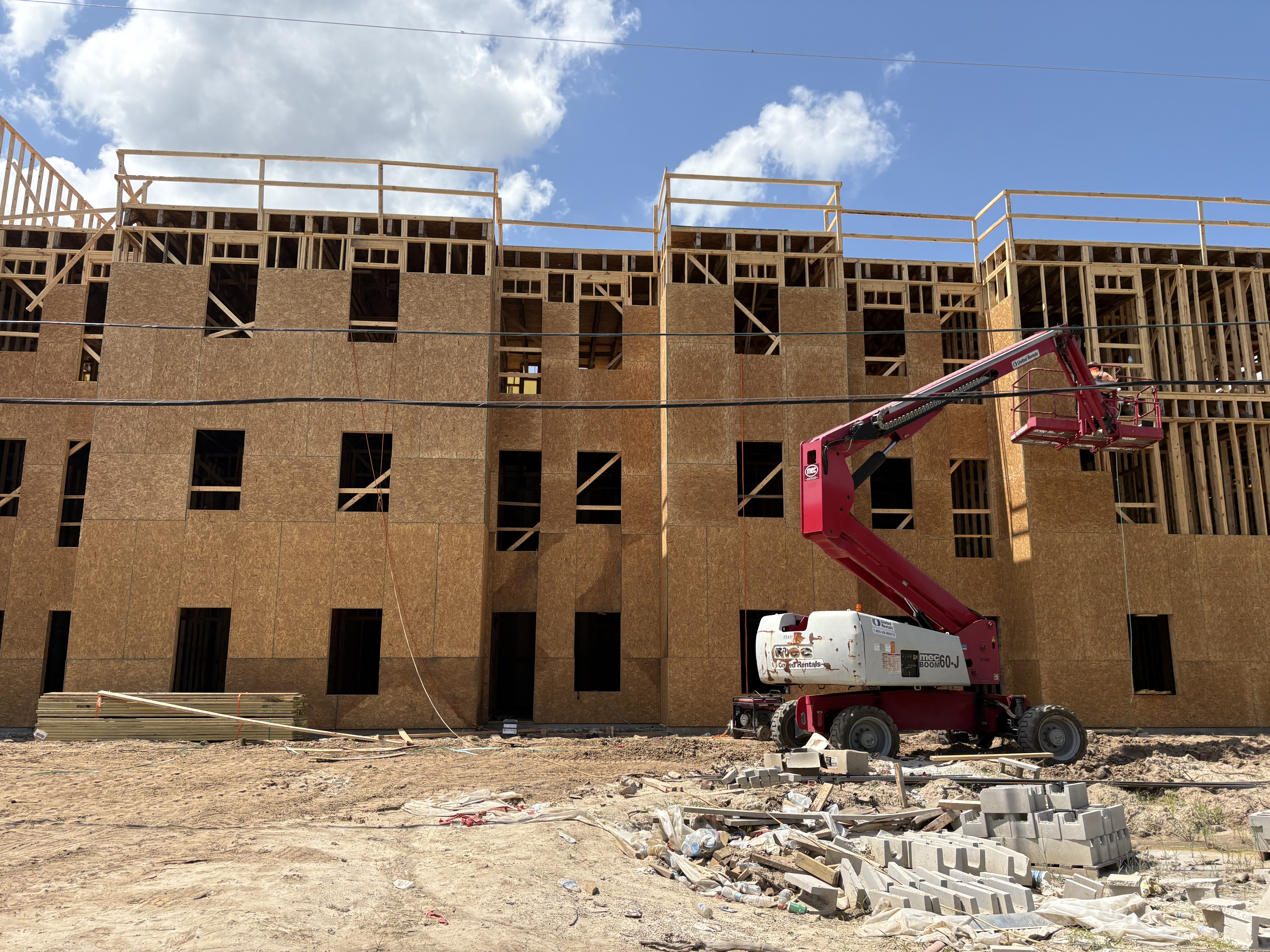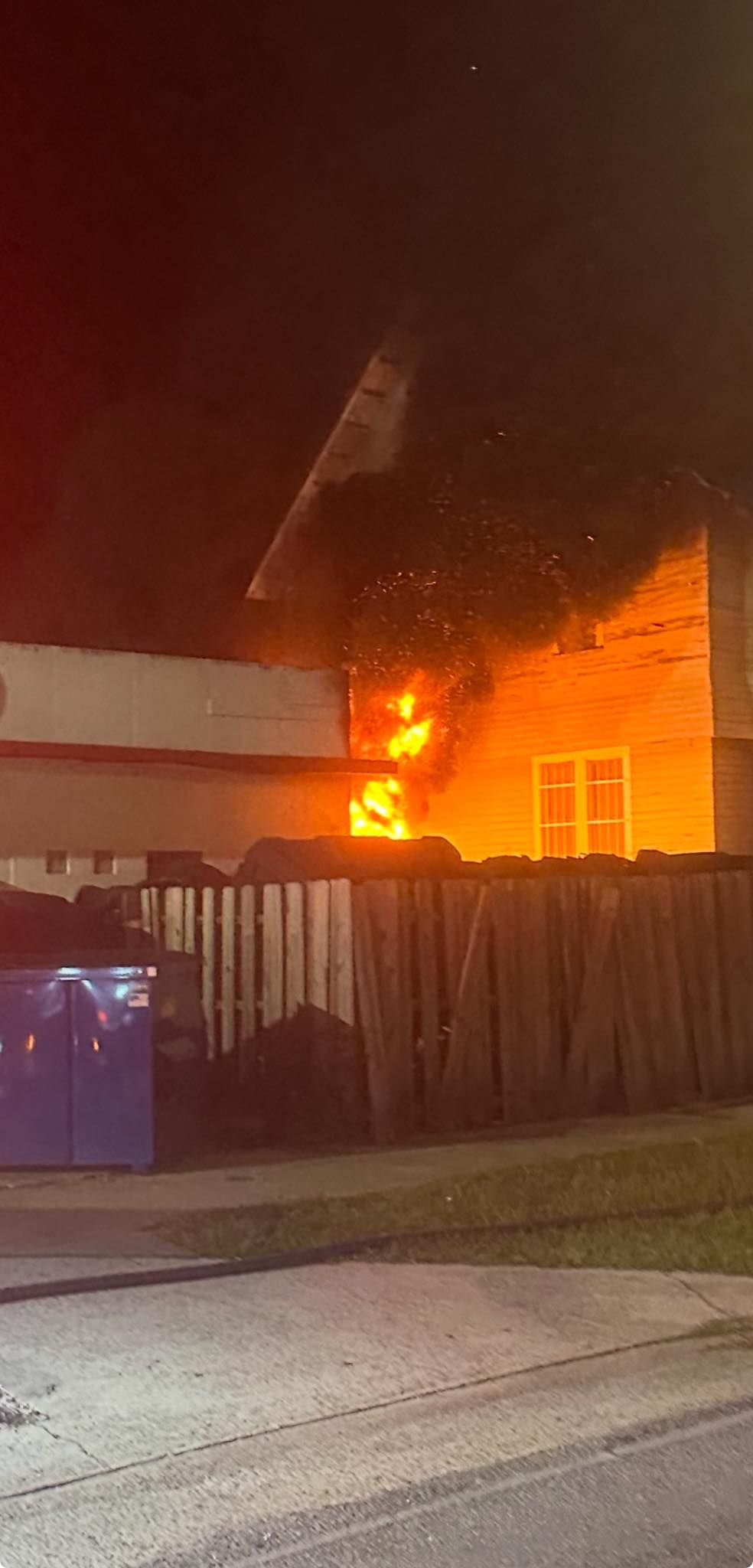PRICE: Satsumas: Best citrus tree for South Georgia
Published 1:00 pm Saturday, November 7, 2020

- File Photo: The Valdosta Daily TimesJake Price loads satsumas, grown at J.L. Lomax Elementary School in 2018, into bins to collect data for the University of Georgia Extension program.
If I could choose only one type of citrus to grow in southern Georgia, I would choose a satsuma tangerine. Other citrus can be grown with some degree of success in our area, but they require more attention during freezing weather.
Satsuma trees produce higher quality fruit in our area than they do in southern Florida. Our cool night temperatures in the fall make the fruit quality and appearance more attractive.
Trending
Satsuma tangerines are bright orange tangerines that have a round to oblong shape. The average size of a satsuma is about as big as a tennis ball. Satsumas have a lot going for them.
Satsumas taste fabulous, are easy to peel and they are seedless. In the citrus world, six seeds or less is considered seedless. Sometimes if a satsuma is near another variety of citrus, they may develop a few seeds. When satsumas ripen the peel almost separates from the meat of the tangerine. It literally takes only a few seconds to peel one.
When picking a satsuma, it is best to clip them at the stem instead of trying to pull one off the stem. The peel separates so easily that it usually gives way before the stem leaving a partially peeled tangerine if you try to pull one off.
This is OK if you are going to eat the fruit immediately, but if you want to store the tangerine, it will not keep as long. If satsumas are picked without damaging the peel, they will keep for a few weeks in the refrigerator.
Satsumas ripen from mid-October until December, depending on the variety. They are one of the earliest ripening citrus fruits. Trees grown in subtropical climates like southern Georgia can actually have fruit that ripens internally while the fruit is still green, but the fruit is better if left on the tree a week or so after turning orange.
The longer the fruit stays on the tree the higher the sugar content and lower the acid content. If fruits remain on the tree too long after ripening the quality will diminish. Old fruit tends to get puffy and dry.
Trending
The satsuma tree is thornless and can have a spreading, drooping habit like the standard “Owari.” Some varieties are more upright such as “Silverhill” and “Brown Select.” Most satsumas have a more open growth habit than most other citrus. The leaves are large and dark green.
Satsumas will produce fruit as a small tree, but mature trees produce the best quality fruit. It’s best to pick off the fruit for few years because the quality usually isn’t good plus young trees cannot physically support the fruit and limbs may break. Young fruit are more likely to be puffy, dry and have problems with sunburn and citrus rust mites.
Satsuma’s bloom in March and naturally drop or thin out much of the fruit when they are smaller than a pencil eraser. They may continue to drop fruit until June when they reach quarter size, but they will drop fewer of these. Fruit drop disturbs many people, but the tree cannot bring that much fruit to maturity.
Satsuma flowers have both male and female flower parts. Basically this means the tree fertilizes itself and does not require another citrus pollinating it to produce fruit. Some other types of citrus require specific types of trees to be nearby for pollination.
Satsumas are usually grafted or budded onto the rootstock of a different kind of citrus. Trifoliate or trifoliate hybrid rootstock are preferred here because it gives the tree a little more cold tolerance. There are some other rootstocks used, but they may not have the cold tolerance we need in Georgia. Mature dormant trees on trifoliate rootstock have been known to survive temperatures less than 15 degrees.
Younger, less established trees will have less cold tolerance. If trees are not dormant and suddenly experience freezing temperatures, damage is more likely. The duration of freezing temperatures also makes a difference. Fruit will freeze at temperatures of 28 degrees for several hours and must be picked prior to these temperatures. The last few years we have not had a problem with freezes.
The best place to plant a satsuma or any type of citrus is in an elevated sunny protected spot on the south side of the yard. A wind-break on the north and west side will improve chances of surviving the cold weather. Out in the open by itself is not a good place for a citrus tree.
A protected spot may be next to a house or sandwiched between other shrubs. Surrounding structures or shrubs helps increase the air temperature a few degrees which may be the difference in losing or keeping your citrus tree.
If you want just one citrus, a satsuma is a good choice. They are seedless, early to ripen, taste great, easy to peel, cold tolerant and are self-fertilizing. Not to mention they may be your only remaining citrus tree if temperatures drop below 20.
Jake Price is the University of Georgia extension agent/coordinator, Lowndes County. More information: Call (229) 333-5185, or email jprice@uga.edu.





